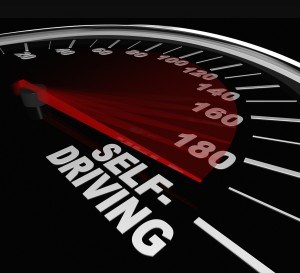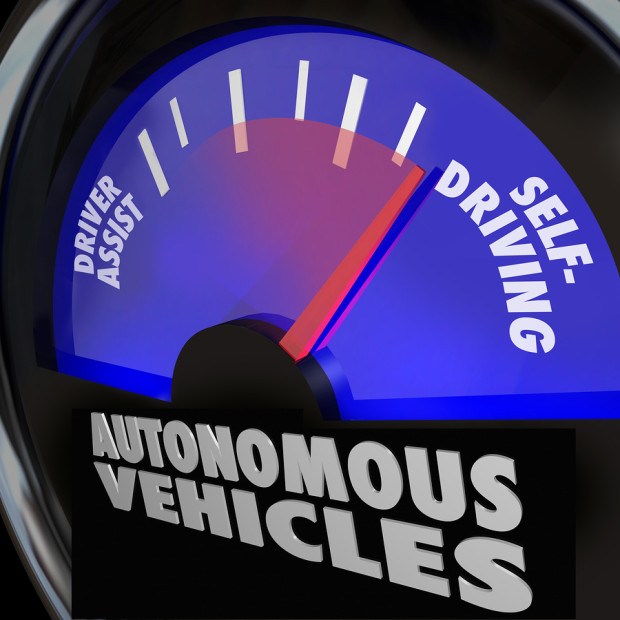 Three-quarters (73 percent) of American drivers now say they would be too afraid to ride in a fully self-driving vehicle, up significantly from 63 percent in late 2017.
Three-quarters (73 percent) of American drivers now say they would be too afraid to ride in a fully self-driving vehicle, up significantly from 63 percent in late 2017.
Additionally, 63 percent of U.S. adults report they would actually feel less safe sharing the road with a self-driving vehicle while walking or riding a bicycle.
These results are from a new report from the American Automobile Association’s (AAA) multiyear tracking study. They come after a number of reports of incidents involving autonomous vehicle technologies.
One of Uber’s driverless cars killed a pedestrian in Arizona in March. Also in March, a driver of a Tesla Model X died in a crash in California. Last fall, General Motors Co. told California regulators its self-driving vehicles were involved in six crashes in September but said none of the automated vehicles were responsible.
“Despite their potential to make our roads safer in the long run, consumers have high expectations for safety,” said Greg Brannon, AAA’s director of Automotive Engineering and Industry Relations. “Our results show that any incident involving an autonomous vehicle is likely to shake consumer trust, which is a critical component to the widespread acceptance of autonomous vehicles.”
Perhaps surprisingly, AAA’s latest survey found that millennials—those born in the 1980s and 1990s—appear to have changed their views the most in the wake of recent accidents. The percentage of millennial drivers too afraid to ride in a fully self-driving vehicle jumped from 49 percent to 64 percent since late 2017, representing the largest increase of any generation surveyed.
AAA said it supports thorough testing of automated vehicle technologies as they continue to evolve, along wth a “common sense, common nomenclature and classification system, and similar performance characteristics” of future autonomous vehicle technologies.
“There are sometimes dozens of different marketing names for today’s safety systems,” said Brannon. “Learning how to operate a vehicle equipped with semi-autonomous technology is challenging enough without having to decipher the equipment list and corresponding level of autonomy.”
Source: AAA
(*This story ran previously in our sister publication Insurance Journal. )





















 Executives on the Move at Liberty Mutual, Cowbell, W. R. Berkley
Executives on the Move at Liberty Mutual, Cowbell, W. R. Berkley  Northern California Flooding This Weekend Caused by Heavy Rain, High Tides
Northern California Flooding This Weekend Caused by Heavy Rain, High Tides  Is the AI Boom a Bubble Waiting to Pop? Here’s What History Says
Is the AI Boom a Bubble Waiting to Pop? Here’s What History Says  Why the Middle Market Matters and How Insurers Can Capture It
Why the Middle Market Matters and How Insurers Can Capture It 






